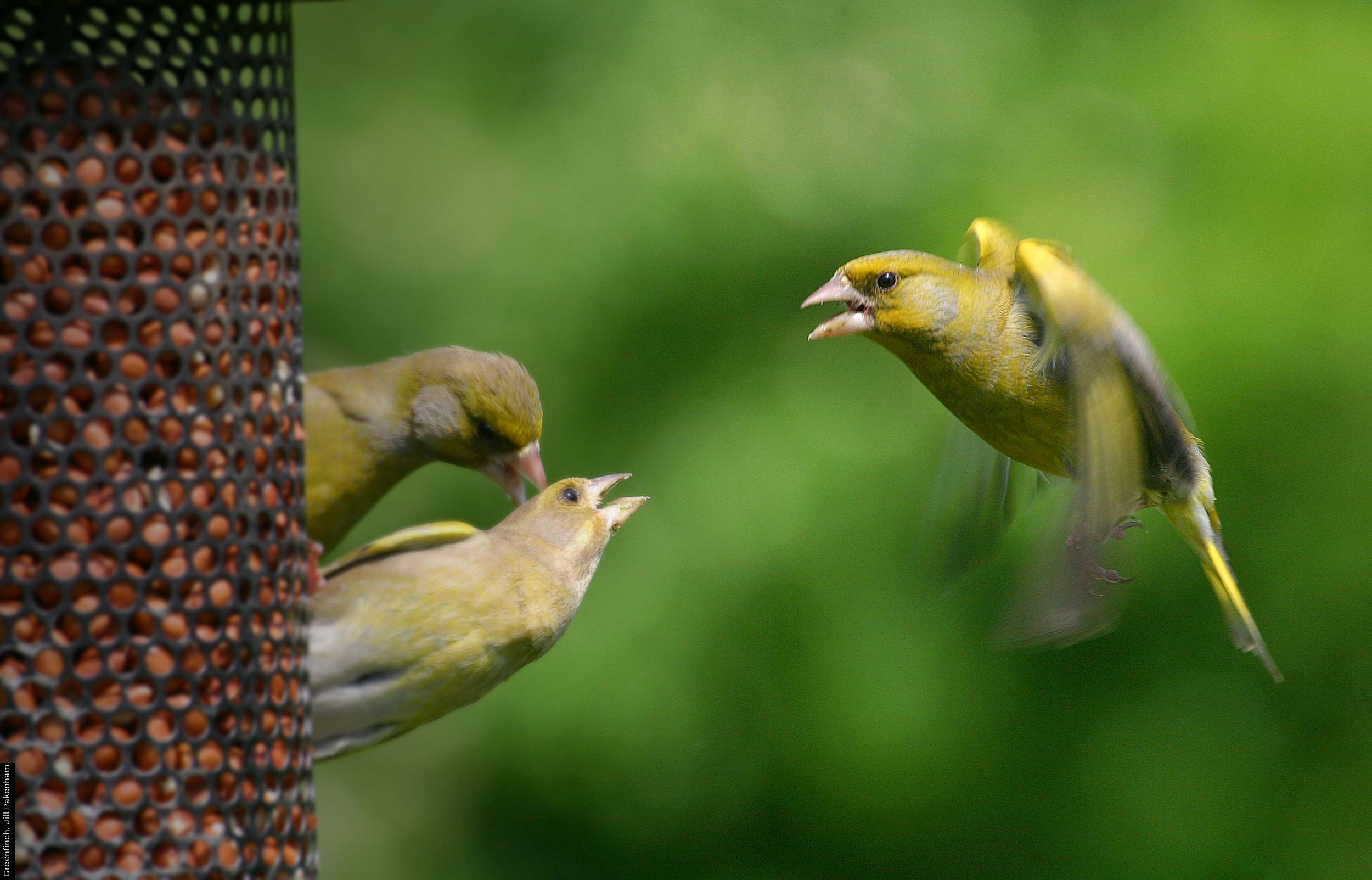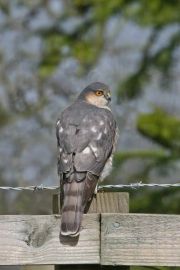Sparrowhawk presence and winter bird abundance
Chamberlain, D.E., Glue, D.E. & Toms, M.P. (2009)
Journal of Ornithology 150: 247-254
Abstract
bird of prey in gardens
The decline and subsequent re-colonisation of the Sparrowhawk Accipiter nisus in the UK has allowed an examination of its potential impacts on passerine abundance through analysis of long-term garden bird monitoring data. Weekly counts in gardens in winter have been collected annually since the early 1970s, a period when Sparrowhawks were initially rare but recolonised to a point in the 1990s when they were recorded in the majority of gardens. Change in bird count from year-to-year for 10 common prey species from up to 483 survey sites were analysed in relation to Sparrowhawk re-colonisation, the number of feeding units per site (e.g. bird tables, hanging bird feeders) and, for a subset of the data, minimum temperature. Year-to-year change increased with Sparrowhawk re-colonisation in Great Tit Parus major, Blue Tit Cyanistes caeruleus and Collared Dove Stretopelia decaocto, but decreased in Starling Sturnus vulgaris, Chaffinch Fringilla coelebs and Greenfinch Carduelis chloris. Positive associations may suggest a behavioural response to predators, or an attraction of predators to increased prey caused by confounding effects of improvement in site quality. The significant negative effects detected suggest that there is a temporal matching between increased predation pressure and decreases in bird abundance for certain species. However, there was no strong evidence that Sparrowhawk re-colonisation was linked to long-term declines in population size.







Share this page